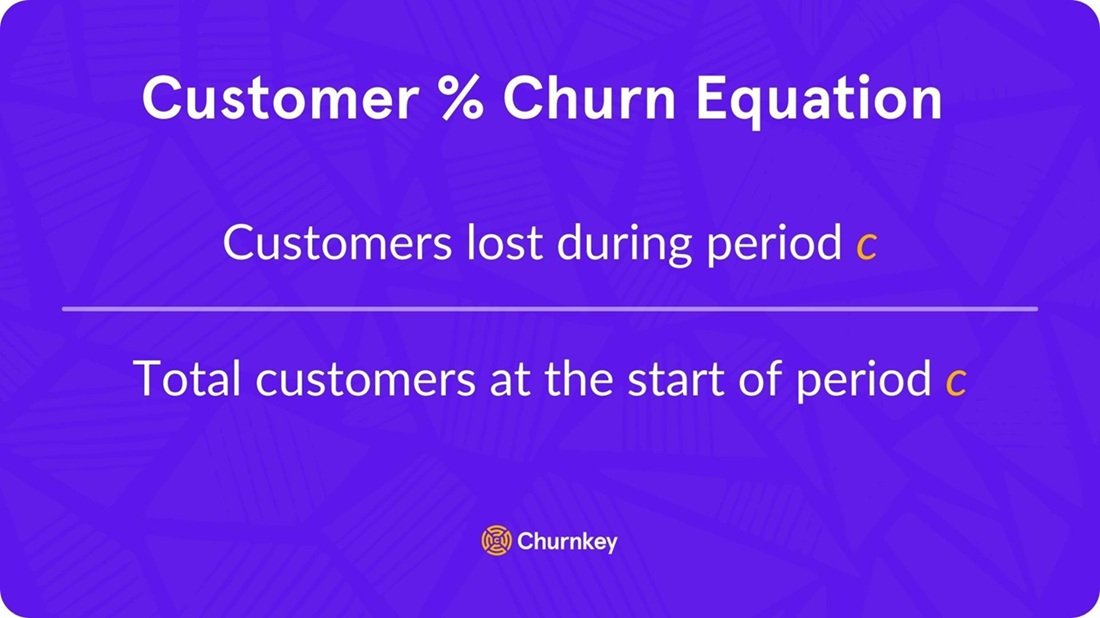What Does Churn Mean in Business consumer retention is a vital metric that determines the lengthy-term health and profitability of an agency. One of the maximum critical principles that each business ought to understand and monitor is “churn.” But what does churn mean in business, and why is it so crucial?
This article explores the means of churn, the different types, the motives behind it, and how groups can lessen churn to make sure steady growth.
Understanding Churn in Business
What is Churn?
In commercial enterprise terminology, churn refers to the loss of customers or subscribers over a given time frame. It is a metric used to recognize what number of customers an enterprise is dropping and is normally expressed as a percent.
There are two commonplace forms of churn:
- Customer churn (or attrition): When customers prevent shopping for or unsubscribing from a business.
- Revenue churn: When a business loses sales from present customers, which will be because of downgrades, cancellations, or decreased utilization of offerings.
Importance of Churn for Businesses

Why Should Businesses Care About Churn?
Churn is an important indicator of consumer delight and business balance. A high churn price normally alerts that clients are no longer glad or that a competitor offers higher services. Here are some motives why tracking churn is important:
- Helps in identifying customer dissatisfaction.
- Influences sales and profitability.
- Assists in forecasting future increase.
- Highlights problems with products or services offerings.
In many industries, specifically SaaS (Software as a Service) or subscription-based total agencies, churn price is one of the most watched KPIs (Key Performance Indicators).
How to Calculate Churn Rate
Formula for Churn Rate
The fundamental method for calculating purchaser churn is:
Churn Rate (%) = (Number of Customers Lost During Period ÷ Total Customers on the Start of Period) × 100
For example, if a commercial enterprise had 1,000 clients at the start of the month and lost 50 by means of the end of the month:
Churn Rate = (50 ÷ 1,000) × a hundred = five%
This manner of business has a 5% churn rate for that month.
Types of Churn in Business
Voluntary vs. Involuntary Churn
There are one-of-a-kind categories of churn, and identifying the type can assist expand better retention strategies:
Voluntary Churn
This takes place whilst customers actively pick to leave, frequently due to:
- Dissatisfaction with the product
- High pricing
- Better alternatives
- Poor customer support
Involuntary Churn
This occurs while a client is lost no longer by way of desire, together with:
- Failed bills
- Expired credit score playing cards
- Technical mistakes
Understanding the reason for churn—voluntary or involuntary—is critical to growing effective intervention strategies.
Causes of Churn

Common Reasons Customers Leave
Some of the maximum common reasons of consumer churn encompass:
- Poor customer enjoy
- Unresolved help troubles
- Better pricing from competition
- Lack of value or perceived blessings
- Complicated onboarding system
- Product now not meeting expectancies
Identifying the foundation causes can allow agencies to make meaningful upgrades to increase customer retention.
Consequences of High Churn
What Happens When Churn is Too High?
A excessive churn fee can extensively harm enterprise overall performance in multiple approaches:
- Revenue loss: Direct impact on month-to-month recurring revenue (MRR) or annual recurring sales (ARR).
- Increased patron acquisition charges (CAC): You’ll want to spend more on advertising and marketing to replace misplaced customers.
- Negative emblem reputation: A business that loses customers often may additionally broaden a poor popularity inside the market.
- Lower client lifetime fee (CLTV): The longer a patron remains, the extra price they convey—churn disrupts this.
Reducing Churn
Strategies to Minimize Customer Loss
Reducing churn requires a proactive method and a commitment to improving the purchaser adventure. Here are some demonstrated strategies:
Improve Customer Onboarding
A smooth onboarding manner enables clients to quickly recognize the cost of your product or service, making them much more likely to stay.
Offer Excellent Customer Support
Responsive and helpful customer service builds loyalty and belief. Quick resolution of problems can prevent clients from leaving.
Collect and Act on Feedback
Use surveys, NPS scores, and client interviews to collect insights into client delight. Use the information to make changes which are important.
Provide Value Consistently
Keep updating your supply to supply ongoing prices. Use newsletters, updates, and content material to keep clients engaged.
Use Technology to Predict Churn
AI and analytics tools can assist companies in expecting churn by way of figuring out patterns in personal behavior, permitting early intervention.
Industry Benchmarks for Churn Rate

What is an Acceptable Churn Rate?
Churn rates vary extensively by means of enterprise:
- Telecommunications and cable companies regularly see churn charges of 10–15% yearly.
- SaaS businesses commonly aim for beneath five% monthly churn.
- Subscription box offerings may additionally have better churn because of the nature of the product, averaging round 10% in line with month.
Lower churn costs are continually better, however what is “suitable” relies upon heavily at the enterprise model and marketplace.
Final Thoughts
What Does Churn Mean in Business that could make or break a commercial enterprise—in particular in subscription-primarily based and provider-oriented industries. Understanding what churn manners in business is the first step closer to higher client retention.
To recap:
- Churn measures customer loss.
- High churn quotes suggest deeper issues.
- Tracking, analyzing, and decreasing churn is fundamental to long-time period fulfillment.
By making an investment in patron enjoyment, proactive support, and non-stop cost transport, organizations can dramatically reduce churn and gain a sustainable boom.
Disclaimer
This article is for informational purposes only and does not constitute professional business or financial advice. Always consult with a qualified expert before making decisions related to customer retention, churn analysis, or business strategy. The author and publisher are not liable for any actions taken based on this content.










